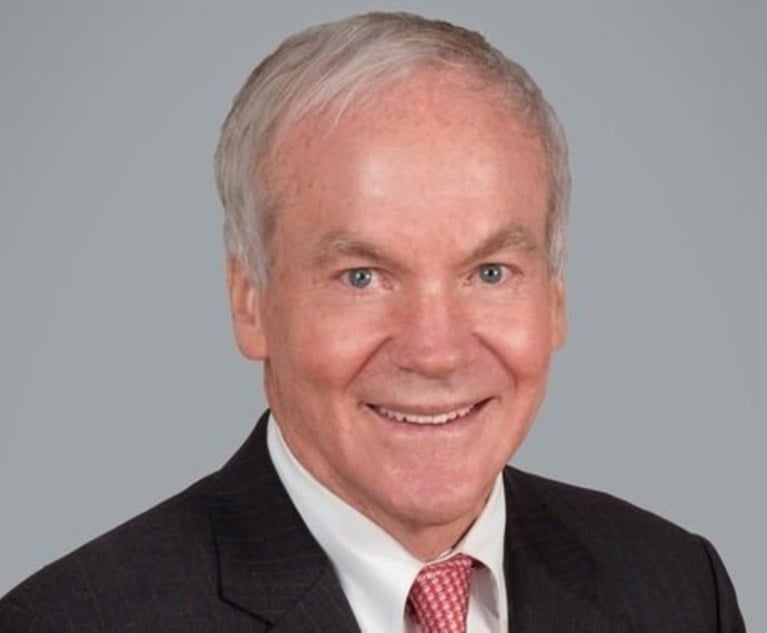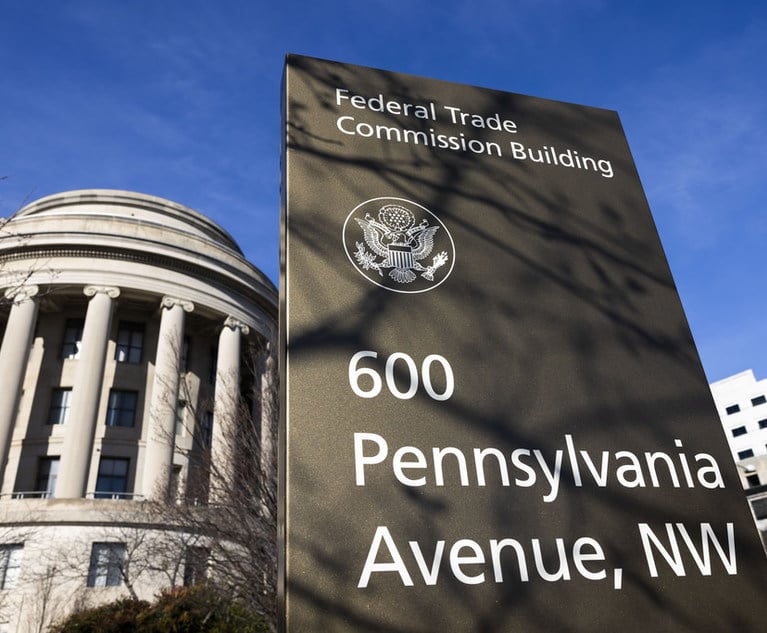The evolution of the corporate practice of medicine has increased the scope of vicarious liability on the part of hospital systems, particularly in the area of emergency medicine. As corporate entities directly employ more of the professionals treating patients in their emergency rooms, and market their emergency services to the public, New York has recognized liability on the part of institutional healthcare providers for negligent emergency care even when the emergency room provider is not employed by the defendant hospital. Mduba v. Benedictine Hosp., 52 A.D.2d 450 (3d Dep’t 1976), Hill v. St. Clare’s Hosp., 67 N.Y.2d 72 (1986). The increasing scope of liability for the institution has created some confusion as to the liability of the individual emergency room physician, who has frequently rendered discrete services at the outset of a long and complicated course of treatment. This article addresses how the legal duty of the emergency room physician remains a question of law across a spectrum of treatment scenarios. Those providers continue to require careful attention from their counsel to limit their involvement and exposure to the circumstances in which the law has determined that they owe a duty to the patient.
The emergency room physician is usually presented with a specific medical issue involving a patient who has been seen by other doctors before the encounter and will be seen by other doctors thereafter. The law recognizes that the ER physician cannot accept responsibility for all aspects of the more routine medical care of the patient, but is expected to address an acute issue, assure that the patient is stabilized, render emergency care, and determine an appropriate disposition of the patient. That disposition may include direct treatment, referral, or admission for further workup and management. The delineation of when the duty of the emergency room physician begins and ends presents thorny legal issues in complicated emergency room cases.


 John L.A. Lyddane
John L.A. Lyddane




